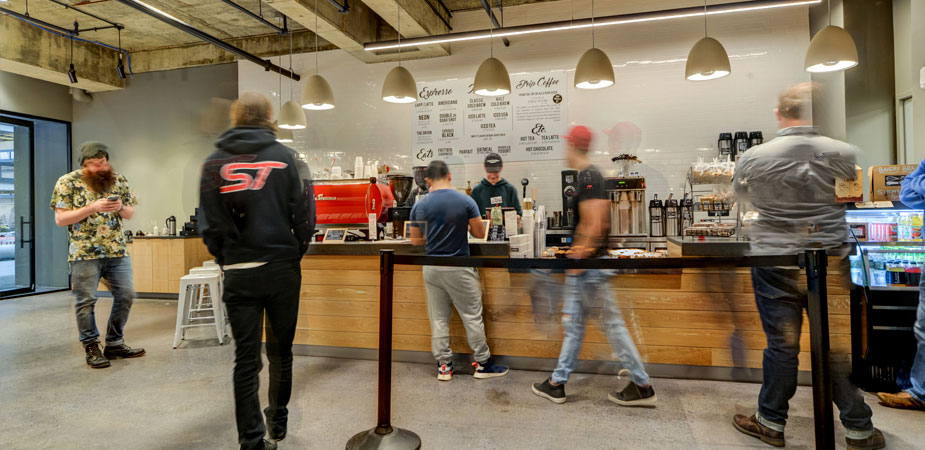The Northern/Central New Jersey office market has seen a steady yet underwhelming recovery, and when compared to numbers alone on a national level, the situation can be downright concerning. When you look beyond the big picture, however, and focus in on the details, you can see that it’s actually a healthy example of a labor-driven market in transition.
With the New Jersey unemployment rate at 4.5 percent and the national rate just below 4 percent at midyear, a huge part of the economic story today revolves around a tight labor market. This is a positive disruption as it makes labor a driving force behind a lot of business decisions. The labor market is not accepting just any work environment, which is creating the ‘haves’ and the ‘have-nots’ in our market.
In the Northern/Central New Jersey market, success stories are emerging from urban areas like Jersey City and Newark, both experiencing huge momentum from population growth, declining vacancy rates and new construction. These two are the obvious choice for workers and employers migrating from New York City toward cheaper rents while both cities have positioned themselves to absorb the increased activity.
A more surprising success story is that of suburban markets further west and south of New York City. Towns like Montclair, Morristown, Red Bank and Asbury Park are capitalizing on their own amenities and their unique atmospheres. Dig further into Jersey and you discover small towns along the transit line like Summit and Ridgewood positioning themselves as live-work-and-play options.
These secondary markets will become even more relevant as the aging (yup, I said it) millennial generation continues its long-awaited suburban migration. Today, these markets still face challenges such as parking and transportation issues, but the number one issue is an insufficient supply of Class-A office product.
Across the country, absorption rates of Class-A office buildings are outpacing Class-B by nearly double, especially in suburban markets. This is the transition that the New Jersey market faces: There is a plethora of office product, just not the office product that’s in demand. This is what plagues the market’s analytics. On the plus side, it provides great incentive for landlords to step up and compete to help these areas around the state transition themselves into more desirable office markets.
This will be the story for the foreseeable future and certainly into 2019, as economic fortunes have made new construction a more feasible option. We expect suburban markets to draw developers and employers alike to take a chance on their municipality. Those words, “culture” and “community” will remain major branding keywords for projects and towns. The successful markets will be the ones that offer an appealing mix of office, retail and residential options, as our working and social lives become more interconnected. Boutique coworking operations, pop-up shops and amenities, along with lifestyle essentials such as daycare, healthy eating options, and fitness access, will be signs of life in markets of promise. But above all else, it will be markets that attract developers to create the office space of tomorrow that will stand to benefit the most.

